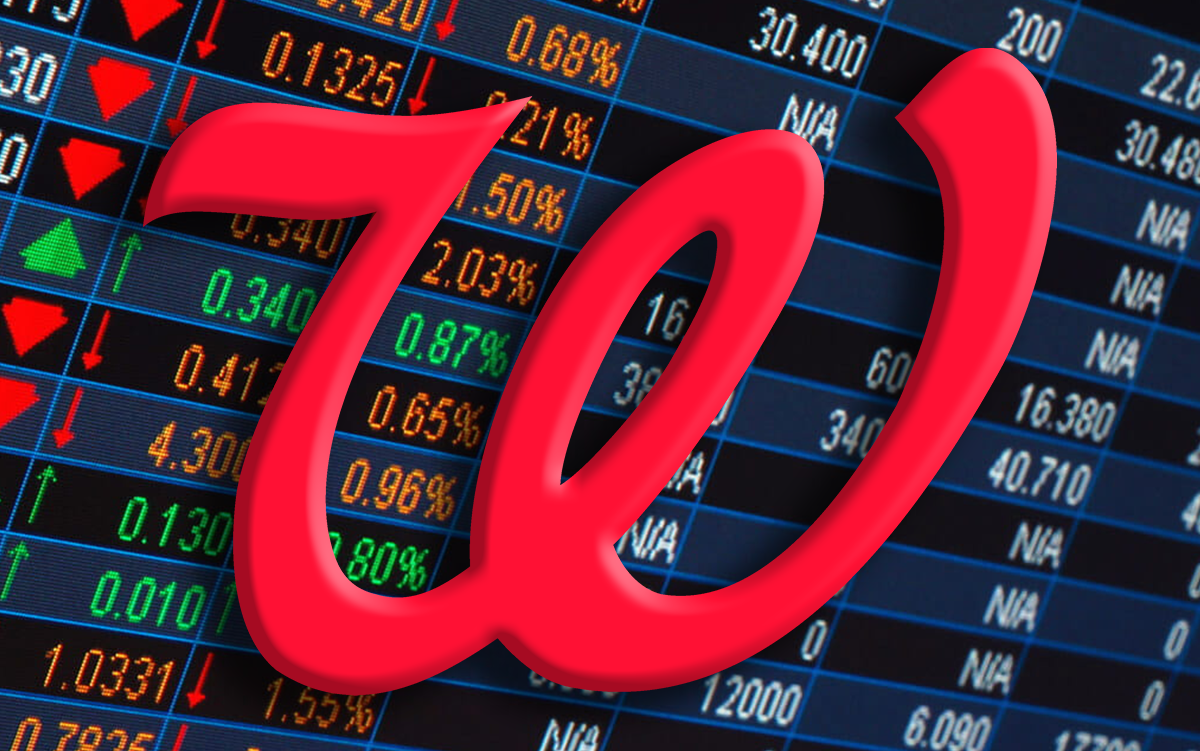

Walgreens’ Move to Go Private: 4 Key Takeaways

While financial and retail analysts continue to evaluate the implications of Walgreens Boots Alliance’s recent agreement to be taken private by Sycamore Partners, many important questions loom.
- What will become of the retail pharmacy’s health care assets and its apparently rapidly dwindling aspirations as an outlet for primary care?
- How will Walgreens’ huge national footprint change once the deal valued at nearly $24 billion is expected to close?
- Can Sycamore Partners successfully reposition Walgreens for financial recovery, and what role does the private equity firm foresee as to the retailer’s future in health care?
- Does Sycamore Partners have the capital needed to transform Walgreens into a serious and sustainable competitor in the pharmacy and health care services space against companies like CVS Health, Amazon and others?
4 Changes the Walgreens Sale Signals
1 | This may be the end of Walgreens’ direct role in primary care.
Just five years after its first $1 billion investment in VillageMD (another $5.2 billion investment followed in 2021) and co-locating the primary care company’s outlets adjacent to some of its stores in the Houston area, Walgreens is ready to turn the page on this business.
At one time, Walgreens anticipated having more than 600 VillageMD locations, but that optimism quickly faded. Last April, the retailer announced plans to close 160 of the clinics. Attempts to find a buyer for VillageMD and its related businesses so far have been unsuccessful. Sycamore now will try to accelerate these efforts, analysts suggest.
Walgreens estimates that it could get as much as $3.4 billion from a VillageMD sale, but some believe that the business, which includes more than 345 locations and related businesses Village Medical, Summit Health and CityMD, is worth far less. A more realistic figure might be $1 billion, Sandeep Dahiya, academic director of the Business of Health Initiative at Georgetown University 's McDonough School of Business, told Modern Healthcare.
2 | Significant downsizing could be coming.
Walgreens is facing crushing debt of about $9 billion as well as opioid-related liabilities and other items that Sycamore had to account for in the total $23.7 billion price tag, the Wall Street Journal reports. Shedding underperforming stores and sharply downsizing nonessential management and personnel to reduce costs could follow, some analysts suggest. Selling off assets like VillageMD also could help with the turnaround effort as Sycamore and Walgreens focus on long-term growth opportunities.
3 | This represents Walgreens’ opportunity for rebirth.
Some analysts believe that Sycamore’s experience in retail will help Walgreens regain its footing and give it breathing space to sort through its business difficulties without the glare of the financial media. With the retailer being taken private, it won’t face some of the pressures of achieving quarter-to-quarter growth and can focus on driving long-term growth and improvements in its businesses before selling off some of them.
Having a multiyear hold period will allow Walgreens and Sycamore to emphasize and drive the business evolution, Howard Gutman, private equity strategy and coverage lead for MorganFranklin Consulting, noted in a recent interview. After that, they can make some significant changes and then realize the results through whatever route they think is best.
4 | High debt level could impact turnaround.
Based on financing commitments Walgreens disclosed in a March 10 filing with the Securities and Exchange Commission, 83.4% of the financing for Sycamore’s buyout is debt, notes the Private Equity Stakeholder Project (PESP). This is more than double the average debt level (41%) used by private equity firms to acquire companies last year.
The PESP is a nonprofit watchdog organization focused on growing private equity and the broader private funds industry.
“The amount of debt in the Walgreens acquisition is concerning, in addition to Sycamore Partners pledging capital that it does not appear to have. This leveraged buyout tactic saddles private equity-owned companies with substantial debt, often draining resources that otherwise could be invested in innovation, workforce development or adapting to market changes,” notes a report on the PESP website.
Nevertheless, more than a dozen parties already lined up to provide financing, according to people familiar with the matter, the Wall Street Journal reported.



